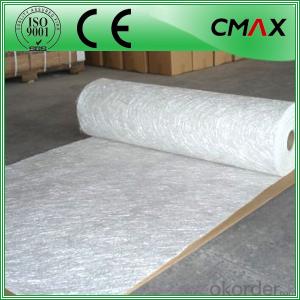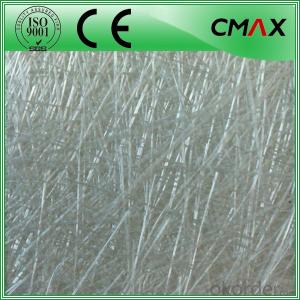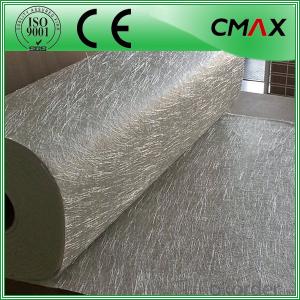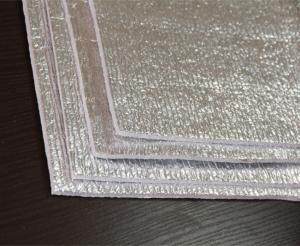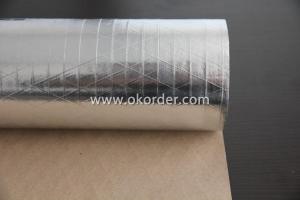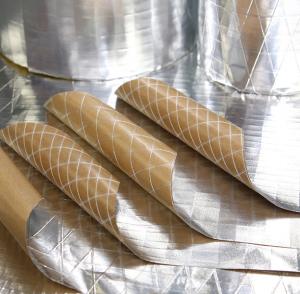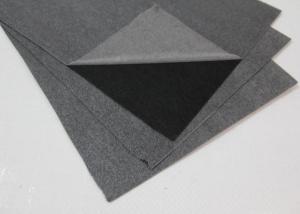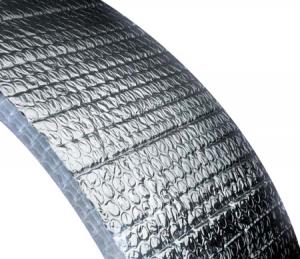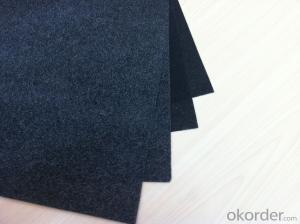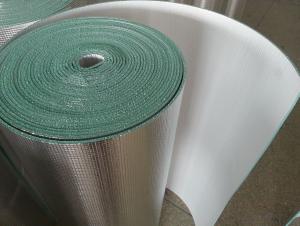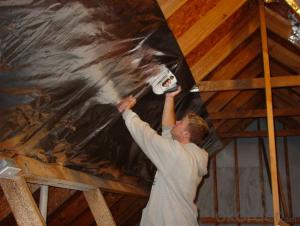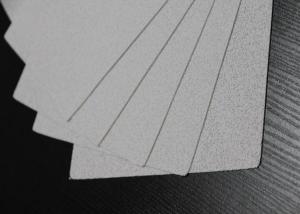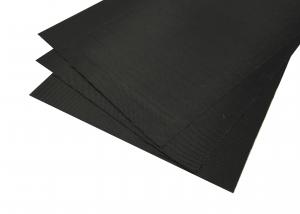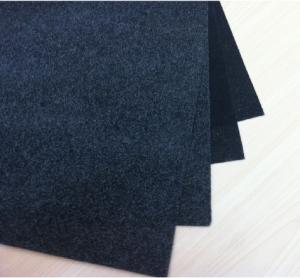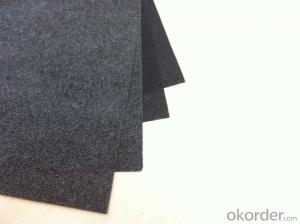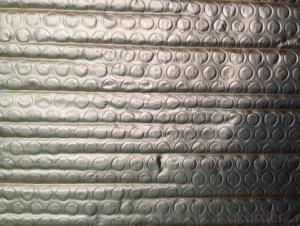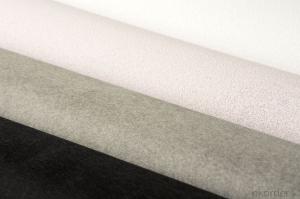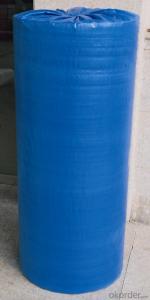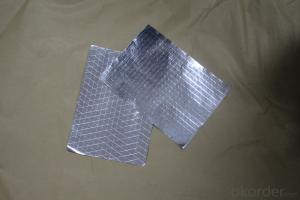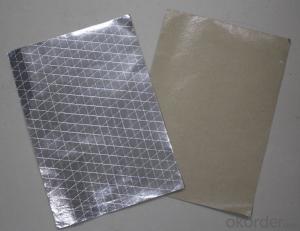China Jushi Fiberglass Chopped Strand Mat Supplier
- Loading Port:
- China main port
- Payment Terms:
- TT OR LC
- Min Order Qty:
- 1000 kg
- Supply Capability:
- 1000000 kg/month
OKorder Service Pledge
OKorder Financial Service
You Might Also Like
China Jushi Fiberglass Chopped Strand Mat Supplier
Introduction:
Fiberglass chopped strand mat is a non-woven E-or C-glassfiber mat, product manufactured by spreading continuous filament roving of 50mm in length randomly and uniformly in combination with polyester binder in powder form (or other binder in emulsion from). This product is characterized by good combination of resin, easy operation, good wet strength retention, good laminate transparency and low cost. It is suitable for the applications of hand lay-up FRP moldings, such as various sheets and panels, boat hulls, bath tubs, cooling towers, corrosion resistant, vehicles etc.
Function:
Fiberglass chopped strand mat is chopped using the "E" chopped glass and emulsion adhesive bond. It is suitable for hand lay and can enhance the unsaturaed ployester resins.
Product Features:
1. Uniform density ensures consistent fiberglass content and mechanical properties of the composites products.
2. Uniform powder distribution ensures good mat integrity, little loose fibers and small roll diameter.
3. Excellent flexibility ensures good mold ability with no spring back at sharp angles.
4. Fast and consistent wet-out speed in resins and rapid air lease reduce resin consumption and production cost and enhances productivity and mechanical properties of the end products.
5. The composite products have high dry and wet tensile strength and good transparency.
Technical Data:
| PRODUCT | TYPE | WEIGHT (G/M2) | WIDTH(MM) | ROLL WIEHGT (KG) | MOISTURE CONTENT(%) | BREAKAGE STRENGTH (N) | BINDER CONTENT(%) |
| EMC100 | E/C-GLASS | 100±30 | 200-3300 | 30-90 | < 0.2 | 170 | 8-13 |
| EMC150 | E/C-GLASS | 150±30 | 200-3300 | 30-90 | < 0.2 | 40 | 5-8 |
| EMC225 | E/C-GLASS | 225±30 | 200-3300 | 30-90 | < 0.2 | 60 | 4-7 |
| EMC300 | E/C-GLASS | 300±30 | 200-3300 | 30-90 | < 0.2 | 90 | 3-6 |
| EMC450 | E/C-GLASS | 450±30 | 200-3300 | 30-90 | < 0.2 | 120 | 2-5 |
| EMC600 | E/C-GLASS | 600±30 | 200-3300 | 30-90 | < 0.2 | 150 | 2-5 |
| EMC900 | E/C-GLASS | 900±30 | 200-3300 | 30-90 | < 0.2 | 180 | 2-5 |
Products Shows:

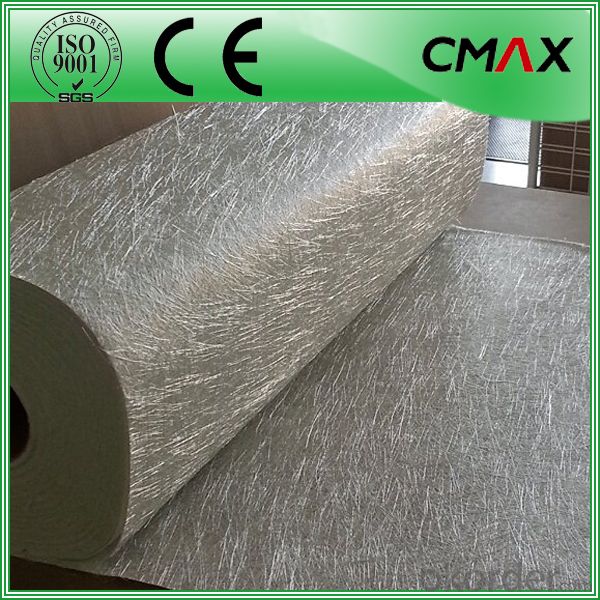
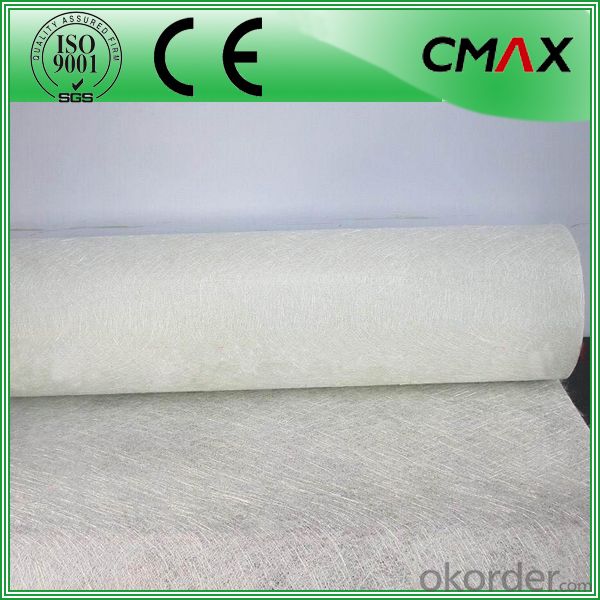
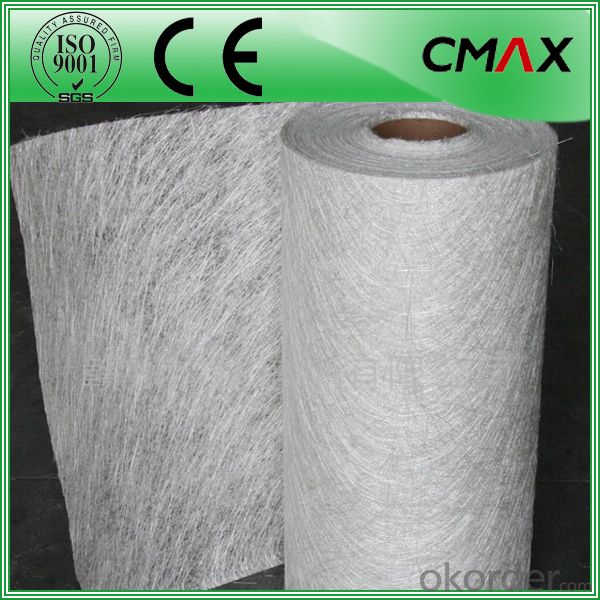
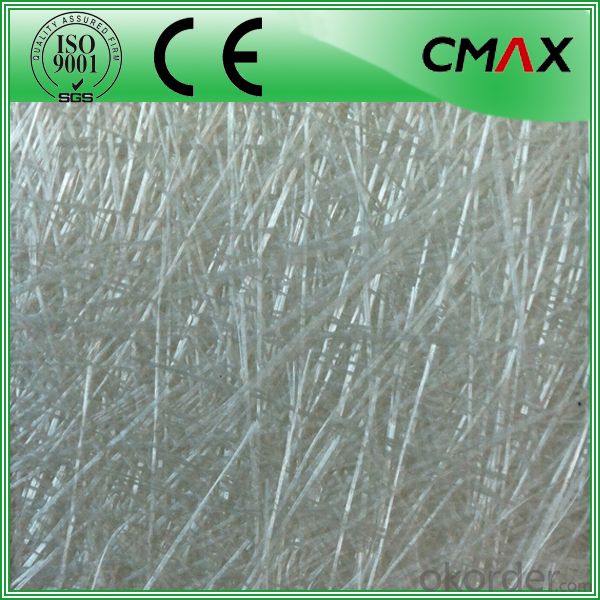
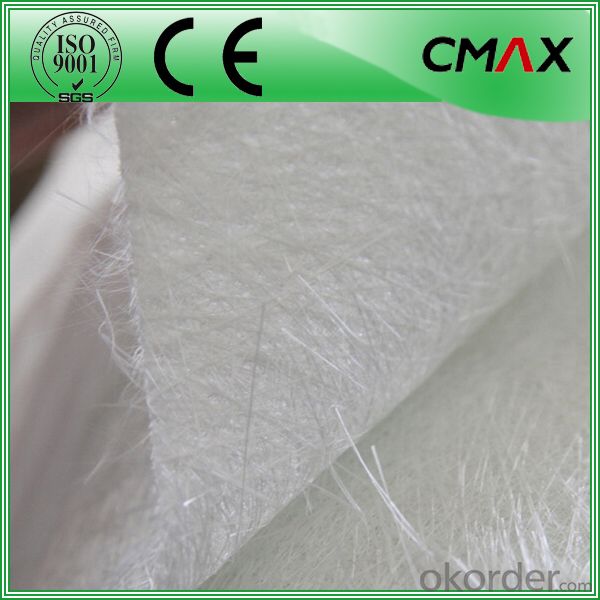
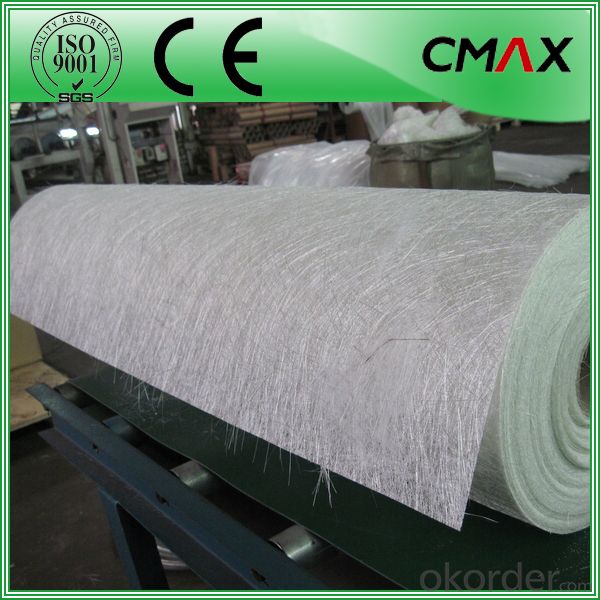
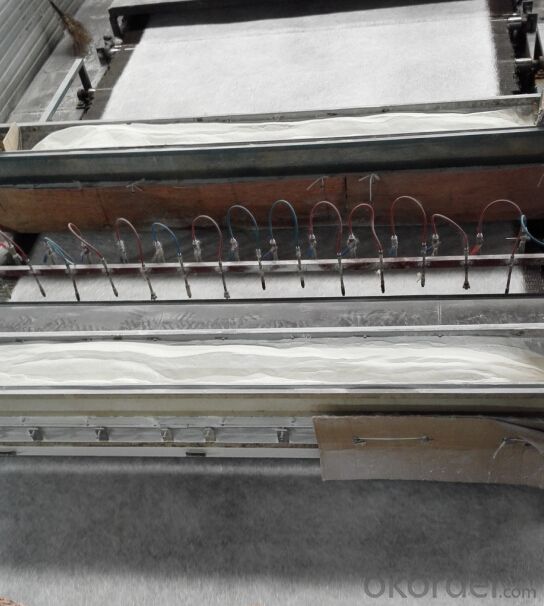
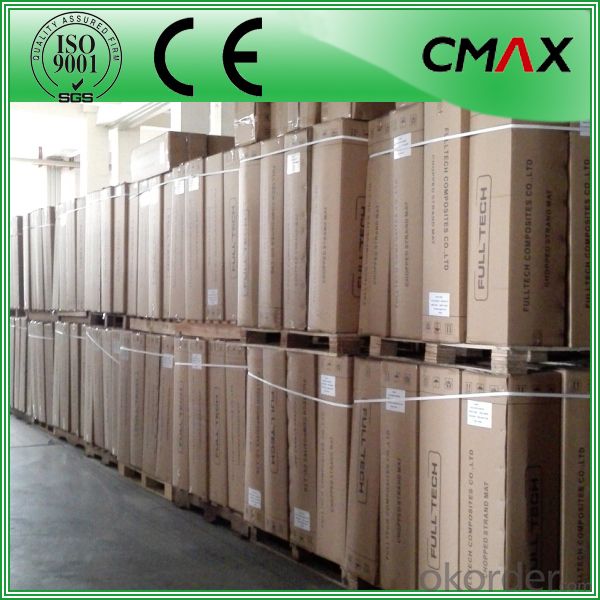
Certificates:
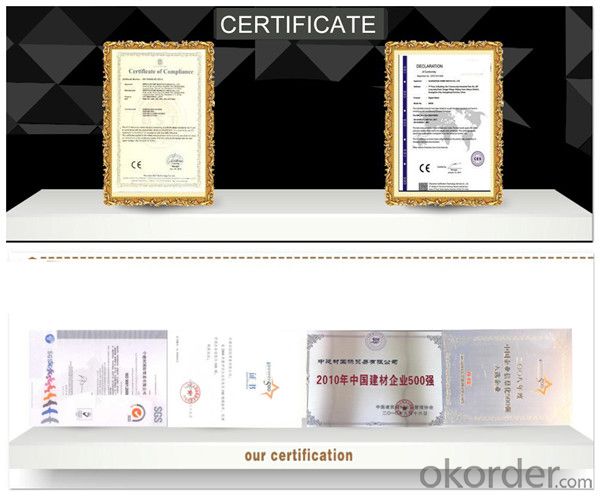
FAQ:
Is sample available ?
Yes, we provide the free samples, but customers themselves need pay the shipping fee
What's your MOQ?
Our MOQ is one 1*20' full container loading
How do you pack the fiberglass
(1) First, the mat is in roll packed in White PE fIlm.
(2) Then the rolls packed in the carton.
- Q:How is fiberglass facing installed?
- Installing fiberglass facing typically involves a few simple steps. Firstly, ensure that the surface where the fiberglass will be placed is clean, dry, and free from any dust or debris. This is important to ensure that the facing adheres properly. Next, carefully unroll the fiberglass facing and cut it to the desired size, leaving some extra material on each side for complete coverage. Position the facing over the surface and firmly press it down, starting from the center and moving towards the edges. To securely hold the fiberglass facing in place, apply adhesive or adhesive tape along the edges to create a tight seal. Smooth out any wrinkles or air bubbles that may have formed during installation. In certain situations, mechanical fasteners like staples or nails may be necessary to further strengthen the fiberglass facing, especially in areas prone to high impact or requiring extra reinforcement. Overall, installing fiberglass facing is a relatively straightforward process that demands attention to detail and proper surface preparation. By following these steps, you can ensure a successful installation that offers durability and protection.
- Q:Roof waterproof general use of what materials
- One, asphalt 1. Oil asphalt paper linoleum: three felt four oil or two carpets three oil stack construction. 2. Glass fiber cloth asphalt linoleum, glass fiber felt asphalt felt: cold asphalt binder or hot asphalt binder paste construction.
- Q:What are the potential drawbacks of using fiberglass facing?
- One potential drawback of using fiberglass facing is its susceptibility to damage and breakage. Unlike other materials like metal or concrete, fiberglass can be easily cracked or shattered if not handled with care. Another drawback is that fiberglass facing is not as strong or durable as some alternative materials, which could limit its use in certain applications that require higher strength or resistance to extreme conditions. Additionally, fiberglass can be more expensive compared to other materials, which may impact the overall cost of a project.
- Q:Does fiberglass facing require regular maintenance?
- Regular maintenance is not required for fiberglass facing. Fiberglass is a resilient material that can resist various environmental elements, such as moisture, UV rays, and pests. Unlike other materials, it doesn't corrode, rot, or decay, eliminating the need for frequent painting or sealing. Nevertheless, it's crucial to keep the fiberglass facing clean and clear of dirt and debris to preserve its appearance and performance. To maintain its good condition, regular cleaning with mild detergent and water should suffice. Additionally, prompt repair of any damage or cracks in the fiberglass facing is necessary to prevent further complications. In conclusion, fiberglass facing is a low-maintenance choice that can endure for many years with minimal upkeep.
- Q:Can fiberglass facing be recycled?
- Certainly, it is feasible to recycle fiberglass facing. Fiberglass, composed of delicate glass fibers, is a reinforced plastic. Typically, the facing consists of a thin layer of fiberglass. Recycling fiberglass can be more intricate compared to other materials due to its distinctive properties. Nonetheless, recycling it remains possible. The recycling procedure entails shredding or grinding the fiberglass material into small fragments, which can then be utilized in the production of new items. However, it is vital to acknowledge that the recycling infrastructure for fiberglass might not be as widespread or easily accessible as it is for other materials. Therefore, it is advisable to consult local recycling facilities or specialized fiberglass recycling companies to ascertain the specific recycling options obtainable in your vicinity.
- Q:China's glass fiber product code is what?
- P, S used in polyester hand paste molding, X used in epoxy laminating;
- Q:What is the lifespan of fiberglass facing?
- The durability of fiberglass facing may differ due to several factors, including the material's quality, the environment it encounters, and the level of maintenance it receives. Nonetheless, fiberglass facing typically endures for a span of 20 to 30 years on average. By ensuring proper care and maintenance, it is conceivable for fiberglass facing to persist for an even greater duration. Regular cleaning, refraining from using harsh chemicals or abrasive cleansers, and shielding it from excessive sunlight and extreme temperatures can contribute to extending its lifespan.
- Q:Is not the multi-layer membrane waterproof, the bottom of the membrane should use glass fiber mats?
- In the yin and yang angle additional layer construction better fit, polyester tire waterproofing membrane tires hard
- Q:What is fiberglass facing?
- Fiberglass facing, also known as a thin fiberglass layer, is employed to cover or coat surfaces for diverse objectives. It usually consists of tightly woven glass fiber strands that are held together by a resin or adhesive. This facing material is renowned for its robustness, longevity, and ability to withstand heat, moisture, and chemicals. It is frequently utilized in the construction, insulation, and manufacturing sectors for purposes like insulation boards, ductwork, wall panels, and composite materials. By adding an extra protective layer, the fiberglass facing bolsters the structural soundness and effectiveness of the materials it is utilized on.
- Q:How does fiberglass facing compare to other types of insulation materials?
- Fiberglass facing is widely chosen as an insulation material for its many advantages compared to other options. Primarily, it excels in thermal insulation, effectively maintaining a comfortable temperature indoors by minimizing heat transfer. With its high R-value, it offers substantial resistance to heat flow. Moreover, fiberglass facing boasts exceptional durability, ensuring its insulating properties remain intact over time. This longevity also makes it impervious to moisture, mold, and pests, common issues faced by other materials like cellulose or foam. Furthermore, the ease of installation sets fiberglass facing apart, reducing both time and labor costs. It comes in various forms, such as batts, rolls, or loose-fill, adapting to different applications and spaces. Its lightweight nature facilitates hassle-free handling and maneuvering during installation. Another standout characteristic of fiberglass facing is its fire resistance. It is non-combustible, meaning it does not contribute to the spread of fire and can aid in containing it. This feature renders it a safer choice compared to flammable options like foam. Lastly, fiberglass facing is environmentally friendly. It is manufactured from natural materials like sand and recycled glass, minimizing its impact on the environment. Additionally, fiberglass insulation assists in conserving energy and reducing carbon emissions by enhancing the energy efficiency of buildings. Overall, fiberglass facing emerges as an excellent insulation choice due to its thermal insulation properties, durability, ease of installation, fire resistance, and eco-friendliness. It surpasses many other materials in insulation performance, making it the preferred option for diverse construction and insulation projects.
1. Manufacturer Overview |
|
|---|---|
| Location | |
| Year Established | |
| Annual Output Value | |
| Main Markets | |
| Company Certifications | |
2. Manufacturer Certificates |
|
|---|---|
| a) Certification Name | |
| Range | |
| Reference | |
| Validity Period | |
3. Manufacturer Capability |
|
|---|---|
| a)Trade Capacity | |
| Nearest Port | |
| Export Percentage | |
| No.of Employees in Trade Department | |
| Language Spoken: | |
| b)Factory Information | |
| Factory Size: | |
| No. of Production Lines | |
| Contract Manufacturing | |
| Product Price Range | |
Send your message to us
China Jushi Fiberglass Chopped Strand Mat Supplier
- Loading Port:
- China main port
- Payment Terms:
- TT OR LC
- Min Order Qty:
- 1000 kg
- Supply Capability:
- 1000000 kg/month
OKorder Service Pledge
OKorder Financial Service
Similar products
New products
Hot products
Related keywords
